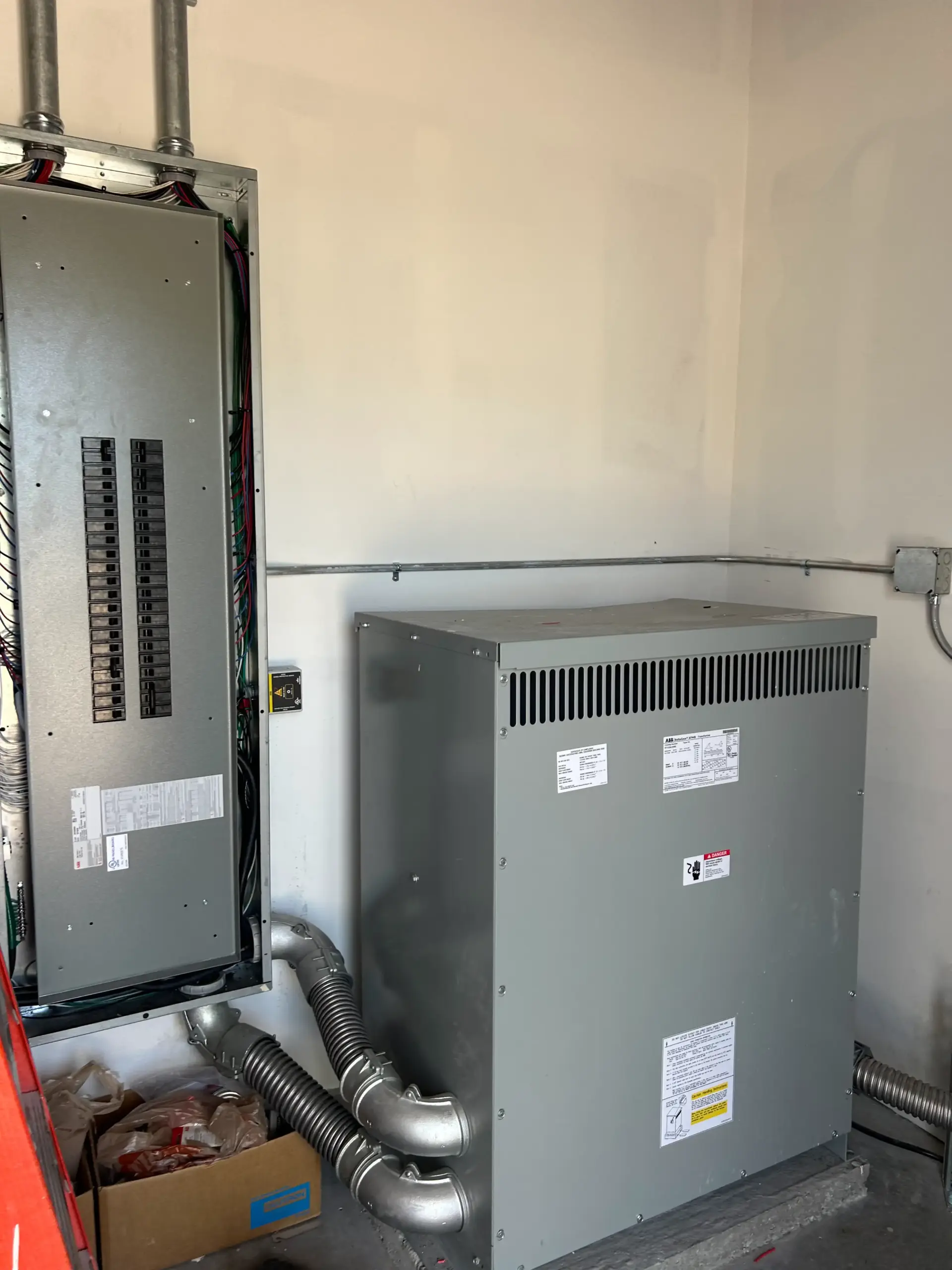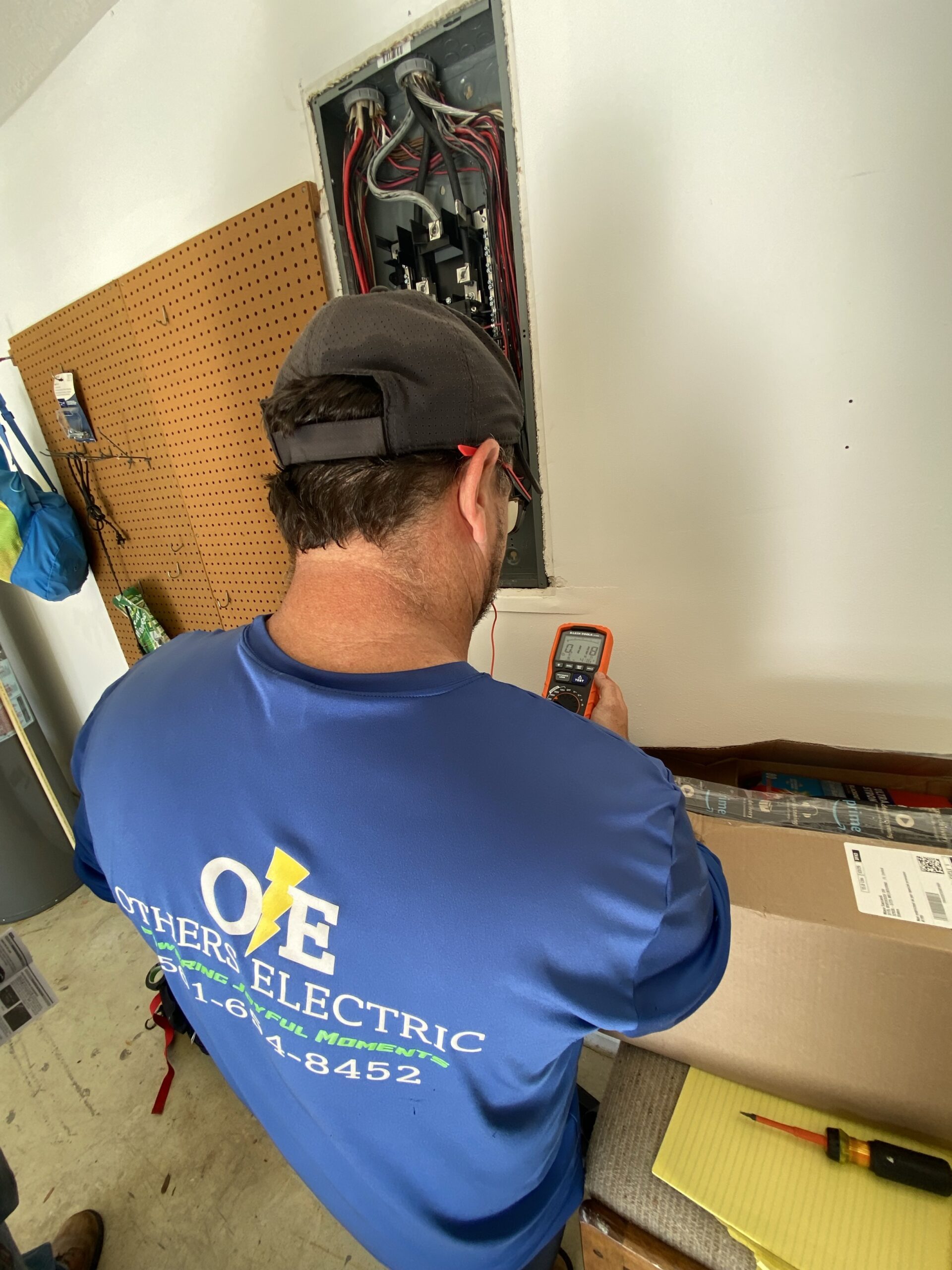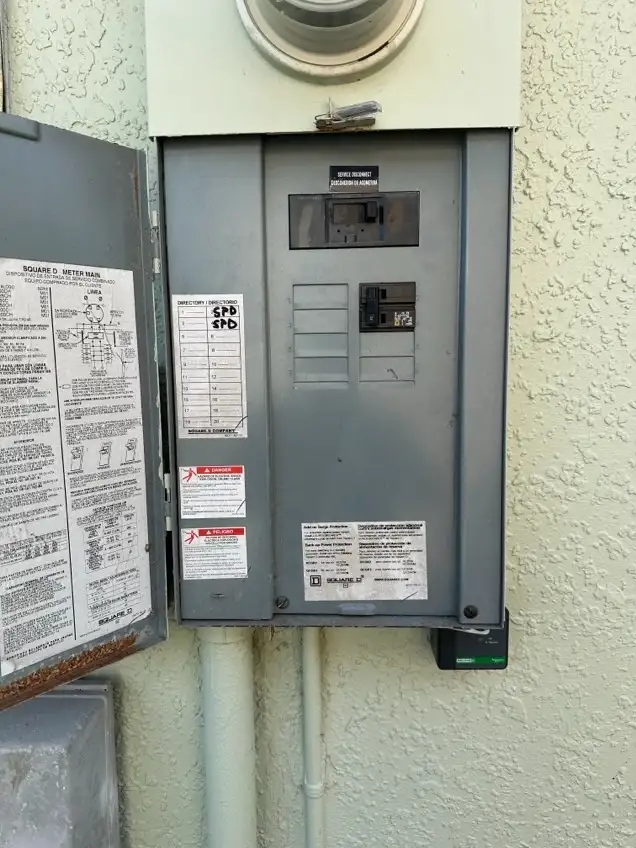Electricity is an essential utility for every household and business, powering everything from lighting and appliances to heating and cooling systems. But how much can you expect to spend on electricity each month? Seriously, how much is electricity per month? The answer depends on several factors, including location, household size, energy consumption habits, and the efficiency of appliances and systems. In this article, we’ll explore what influences your monthly electricity bill and provide tips on estimating and potentially lowering your costs. We also have another article available for our fellow Floridians for how much is electricity per month in Florida.
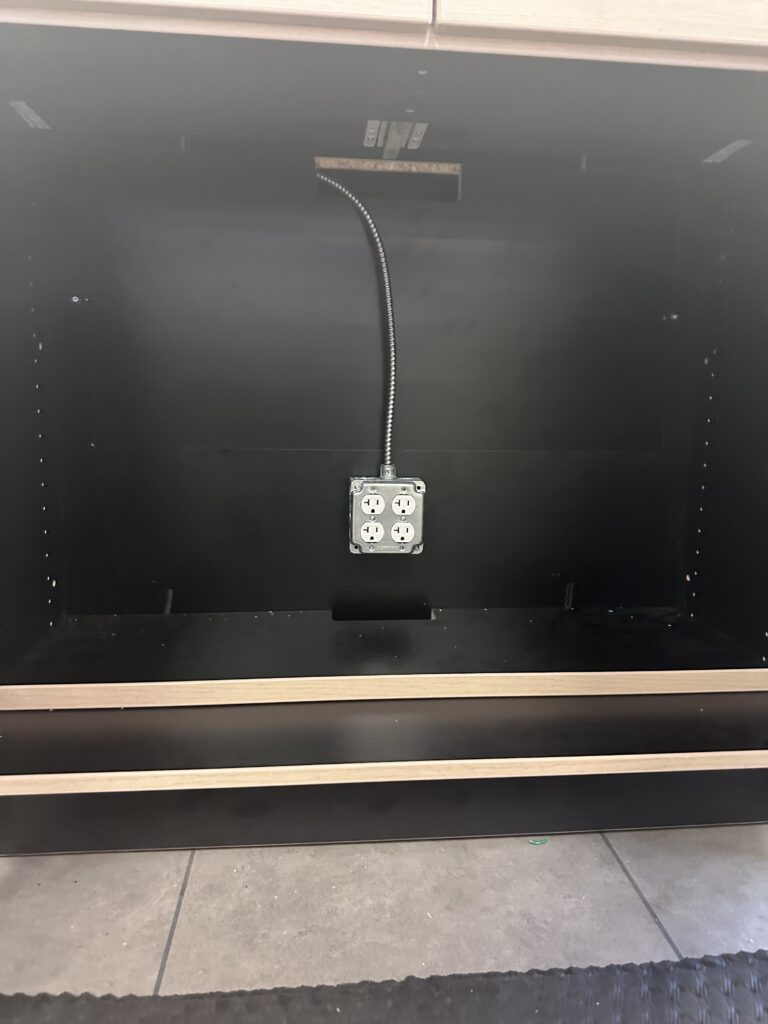
Factors That Affect Monthly Electricity Costs
There are several factors that go into the monthly cost of electricity for homes and businesses. Quite a few that goes into the ideation of how much is electricity per month, and most importantly, how much can I save per month? These two questions are very common that we hear and understanding these factors will get you thinking about ways to save.
Geographic Location
One of the biggest factors affecting your monthly electricity bill is where you live. Electricity rates vary significantly from one region to another, depending on the local energy supply, demand, and utility companies. States with access to cheaper energy sources, such as hydropower or natural gas, may have lower electricity rates, while states relying more on coal or renewable energy sources might see higher prices due to infrastructure and resource costs.
For example, in states like Louisiana and Oklahoma, electricity rates are often lower than the national average, while in states like California and Hawaii, rates are higher due to the cost of energy production and distribution. Additionally, climate plays a big role—regions that experience extreme weather conditions, like hot summers or cold winters, often have higher bills because of the increased use of heating or air conditioning.
Household Size and Energy Consumption
The number of people living in your home also plays a major role in determining your monthly electricity costs. Larger households typically use more electricity because of increased appliance use, lighting, and heating/cooling needs. More people in a home generally means more loads of laundry, more hot water usage, and more devices being charged and operated at the same time.
Similarly, the size of the house itself can have an impact. Larger homes require more energy to heat and cool, and lighting a bigger space also consumes more electricity. In contrast, smaller homes or apartments with fewer occupants will generally use less energy.
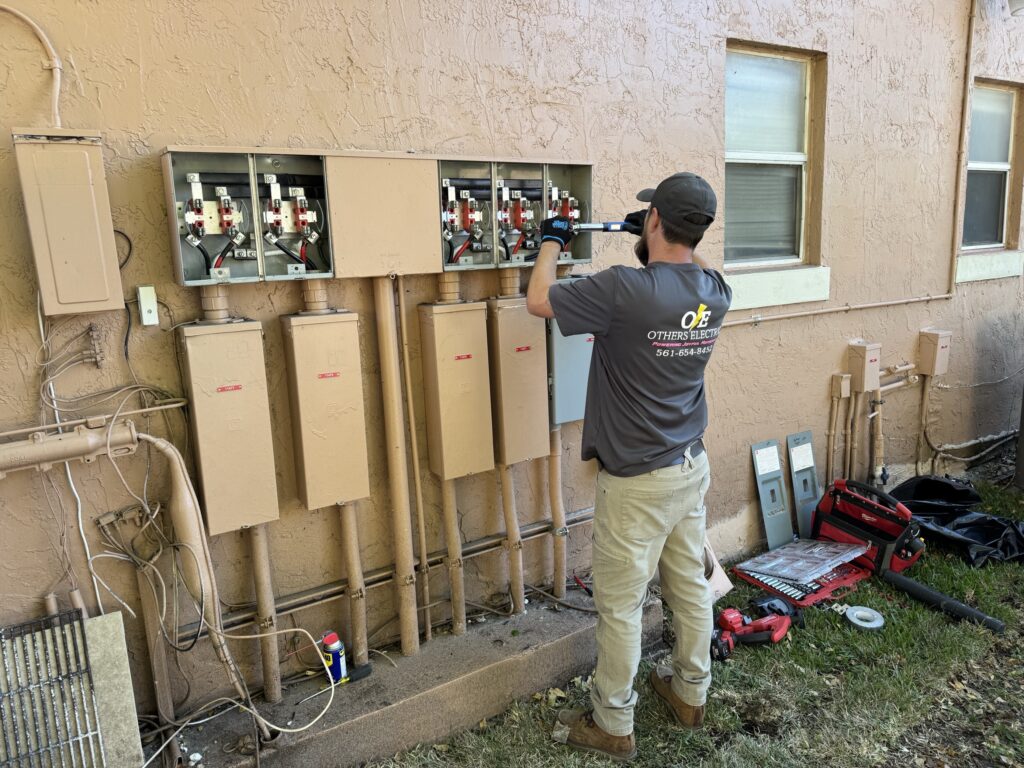
Type and Efficiency of Appliances
The types of appliances and systems in your home can significantly impact your electricity bill. Older, less efficient appliances, such as refrigerators, washers, and HVAC systems, tend to consume more energy than newer, energy-efficient models. For example, a refrigerator manufactured in the 1990s could use as much as twice the electricity of a modern Energy Star-rated unit.
Investing in energy-efficient appliances can drastically reduce your monthly electricity costs. Likewise, using smart thermostats and LED lighting can help cut down on energy consumption. These devices optimize energy usage by automatically adjusting settings based on real-time conditions, reducing waste, and improving efficiency.
Seasonal Changes and Usage Patterns
Electricity consumption fluctuates throughout the year due to seasonal changes. In many parts of the country, electricity use spikes during the summer months because of air conditioning, while in colder regions, winter heating can drive up energy consumption. Similarly, lighting usage tends to increase during the shorter days of winter and decrease during longer summer days.
Understanding your usage patterns is key to estimating your monthly electricity bill. Monitoring how much energy you use during peak months can give you a better idea of your typical electricity costs throughout the year.
Local Utility Rates
The rate charged by your local utility company is another important factor in determining your electricity bill. Electricity rates are measured in kilowatt-hours (kWh), and the price per kWh can vary depending on your utility provider and region. Some utility companies also have tiered pricing, meaning the more electricity you use, the higher your rate may become after reaching certain thresholds.
Additionally, some areas offer time-of-use pricing, where the cost of electricity changes depending on the time of day. For example, electricity might be more expensive during peak hours (like late afternoon and early evening) when demand is highest. On the other hand, you could save money by running energy-intensive appliances, such as dishwashers or washing machines, during off-peak hours, when rates are lower.
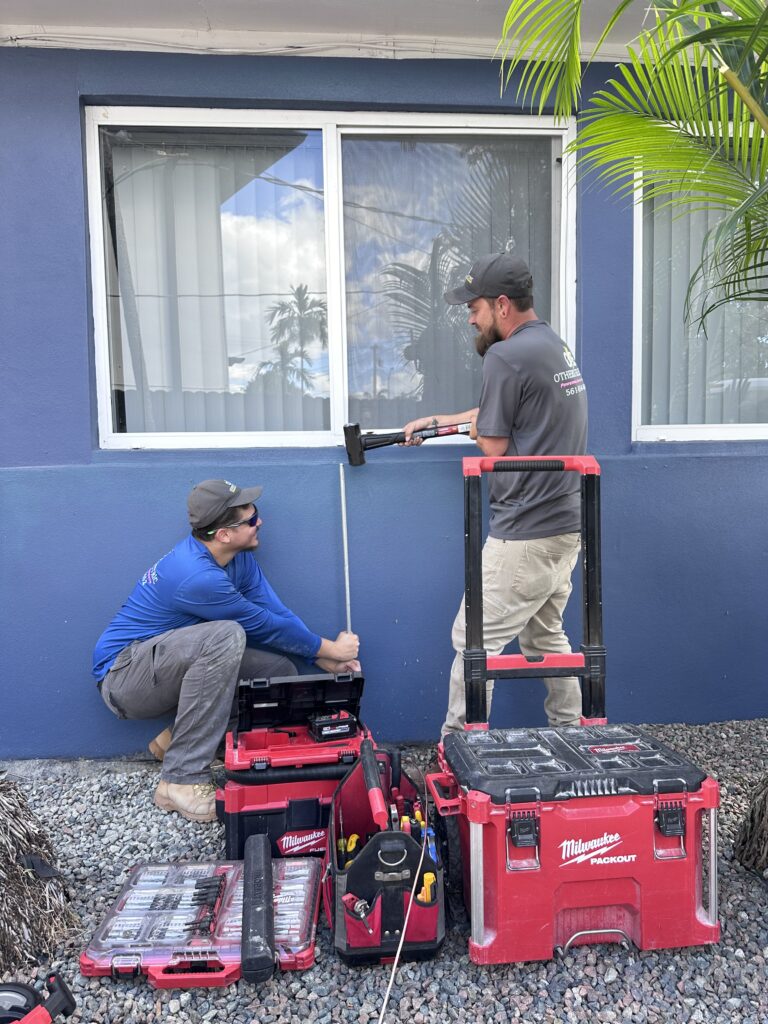
Average Monthly Electricity Costs
To give you a better idea of what you can expect to pay for electricity, here are some general guidelines based on national averages.The average monthly electricity bill for a U.S. household is approximately $115-$150, depending on location and household size. On average, the typical American household uses about 877 kWh of electricity per month, with the rate per kWh ranging between 10 and 13 cents depending on the state and utility company.
Households in warmer climates such as Florida or California, where air conditioning is used more frequently, tend to have higher electricity bills, especially during the summer months. Of course, these are just rough estimates, and your actual bill could vary depending on your consumption, the efficiency of your home, and the rates in your area.

Estimating Your Monthly Electricity Bill
You can’t necessarily have all of the right information right away until you look into it. That is why we are here in the first place when we are looking up how much is electricity per month. A great first step, but you need to determine what is causing your electricity to function in your home first before you look into saving or winning that argument.
To estimate your monthly electricity bill more accurately, follow these steps:
Determine your monthly energy usage.
Look at past bills to see how many kilowatt-hours (kWh) of electricity you typically use in a month. You can also use an online electricity usage calculator to estimate your consumption based on the size of your home, the number of occupants, and your appliance usage.
Check your utility company’s rate.
Find out how much your utility company charges per kWh. This information is usually available on your monthly bill or on the utility company’s website.
Multiply your usage by the rate.
\Multiply your total monthly kWh usage by the rate per kWh to get an estimate of your monthly bill. For example, if you use 900 kWh in a month and your utility company charges 12 cents per kWh, your estimated bill would be $108.
Factor in additional fees.
Be sure to account for any additional fees or taxes that may be included in your bill, such as service charges or delivery fees.
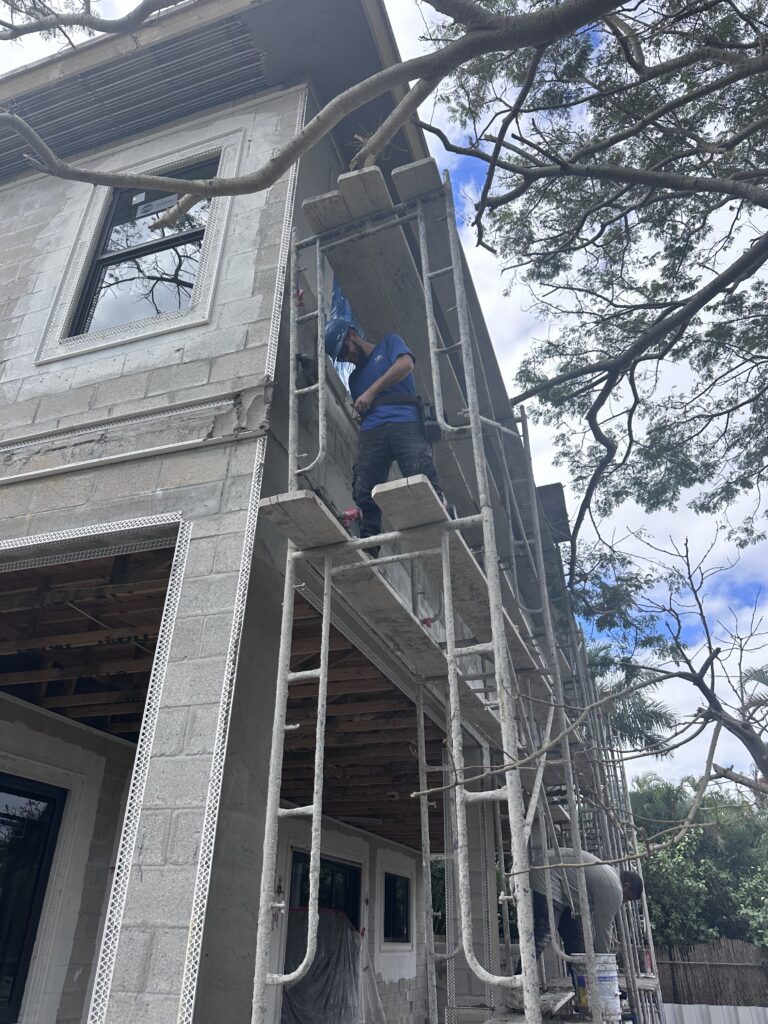
Tips for Lowering Your Monthly Electricity Bill
Lowering your electricity bill will give you more flexibility for your budget. Perhaps an extra drink at the coffee shop you love most, or even a full trip to the grocery store depending on the size of your home. You can do so much by saving ten to fourty dollars per month and it can even add up to where you can do even more with that money. But that’s up for another conversation.
There are several strategies you can use to reduce your electricity consumption and lower your monthly bill:
Invest in Energy-Efficient Appliances: Replacing old, inefficient appliances with Energy Star-rated models can significantly reduce your energy consumption. Look for energy-efficient refrigerators, washers, dryers, and HVAC systems.
Upgrade to LED Lighting: LED bulbs use up to 80% less electricity than traditional incandescent bulbs and last much longer, making them a great investment for reducing lighting costs.
Use a Smart Thermostat: Installing a smart thermostat allows you to optimize your heating and cooling systems. These devices automatically adjust the temperature based on your schedule and preferences, helping you reduce unnecessary energy use.
Unplug Devices When Not in Use: Even when devices are turned off, they can still draw power if they’re plugged in. Unplug electronics like chargers, TVs, and computers when not in use to avoid phantom energy consumption.
Run Appliances During Off-Peak Hours: If your utility company offers time-of-use pricing, try to use energy-intensive appliances, such as dishwashers, washers, and dryers, during off-peak hours when electricity rates are lower.
Seal and Insulate Your Home: Proper insulation and sealing can prevent energy loss, reducing the need for heating and cooling. Make sure your windows and doors are sealed tightly and that your home’s insulation is up to standard.
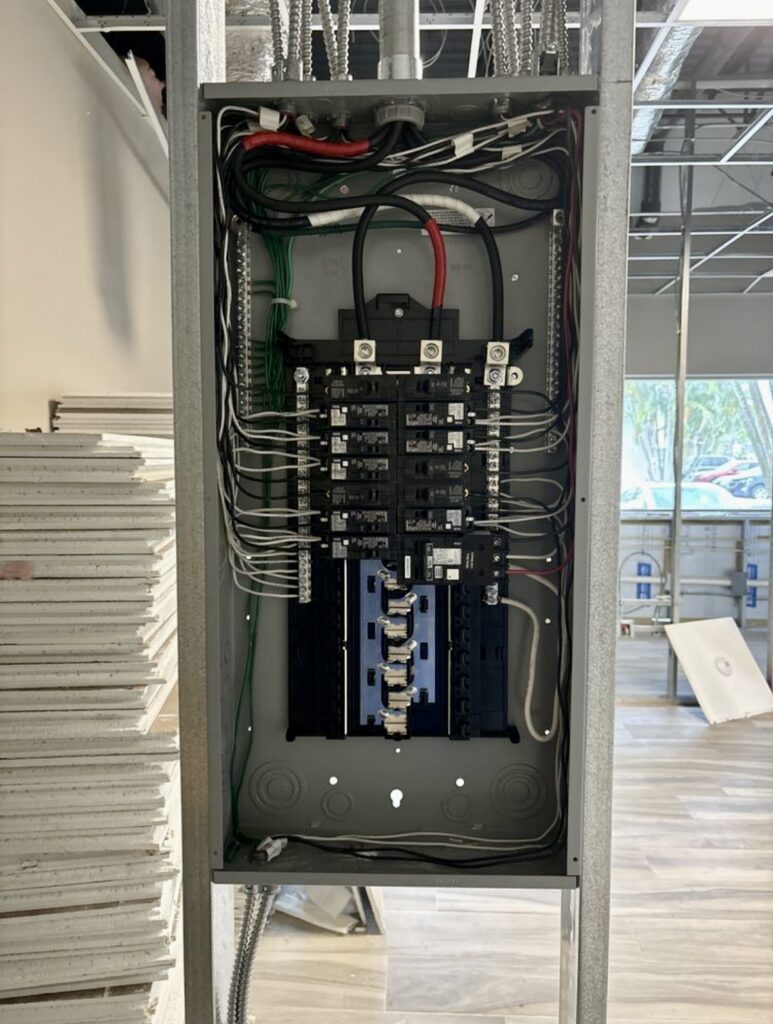
Concluding
Savings for your electricity bill is always great, and based on what has been explained, anyone can do it. At Others Electric, we understand how important it is to manage your electricity consumption and keep your monthly bills under control. We offer a range of services designed to help you optimize your energy use, from installing energy-efficient lighting and appliances to upgrading your home’s electrical systems. Whether you’re looking to reduce your energy costs or simply want to ensure your home is running as efficiently as possible, we’re here to help.
Our team of experienced electricians can assess your current electrical setup, recommend upgrades, and provide maintenance services to keep your home or business running smoothly. With Others Electric, you can enjoy peace of mind knowing that your electricity needs are in good hands. Contact us today to learn more about our services and how we can help you save on your monthly electricity bill.


